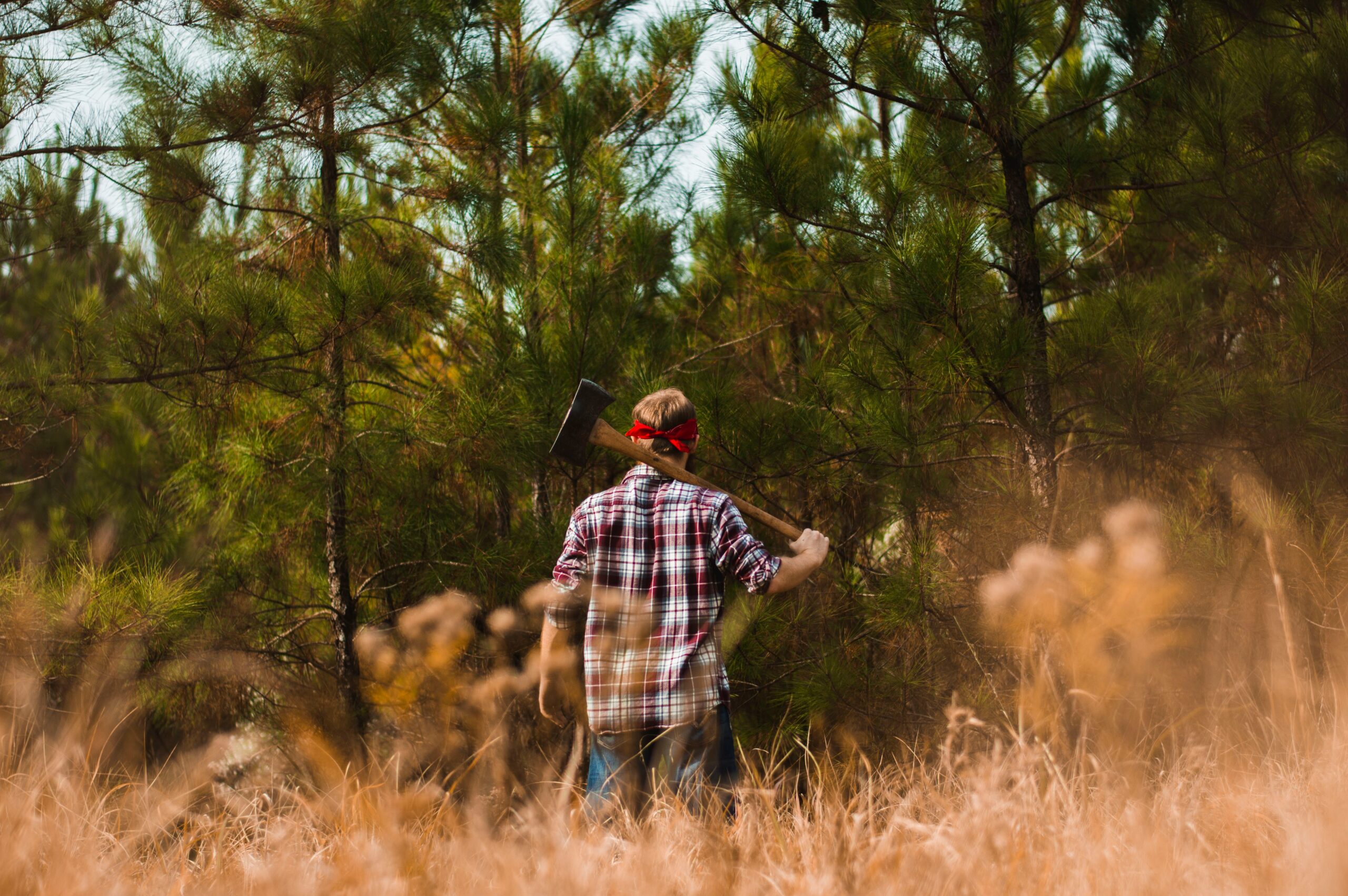Spring turkey hunting is one of the most exhilarating experiences for hunters. As gobblers break their winter silence and begin their courtship displays, the woods come alive with the sounds of nature’s most vocal game bird. To successfully lure a tom into range, you need to master two key skills—calling and decoying. This guide will break down the best techniques, when to use them, and how to outsmart even the wariest gobblers.
Understanding Turkey Behavior in Spring
Spring is mating season for wild turkeys, making it the prime time to target gobblers. The males are actively seeking hens, strutting, gobbling, and fighting for dominance. Understanding their behavior is crucial to an effective hunting strategy:
- Early Season (March–Early April): Gobblers are still in bachelor groups, and dominant toms are beginning to claim hens. This is a great time for aggressive calling to challenge a dominant bird.
- Mid-Season (Mid-April): Hens begin nesting, leaving some toms alone and more receptive to calls. This is when decoying can be most effective.
- Late Season (May): Many hens are on nests, and gobblers become desperate to find remaining receptive hens. Soft, subtle calling is often the best approach during this time.
Mastering Turkey Calling: Techniques & Tips
Calling is the most effective way to attract a tom, but it requires practice and an understanding of turkey vocalizations. Here are the essential calls every hunter should know:
1. Yelp
The yelp is a fundamental turkey sound—a simple, rhythmic call that hens use to communicate.
- When to use it: To attract gobblers from a distance or reassure a tom that a hen is nearby.
- Best call type: Box calls, slate calls, and diaphragm calls all produce great yelps.
2. Cluck & Purr
Soft clucks and purrs signal contentment and can be used to convince a gobbler that a hen is feeding and comfortable.
- When to use it: When a gobbler is approaching but hesitant, adding realism to the setup.
- Best call type: Pot-and-peg (slate or glass) calls produce soft, natural clucks and purrs.
3. Cutting
Cutting is an excited series of short, sharp yelps that a hen makes when fired up. It can trigger a gobbler to respond aggressively.
- When to use it: When trying to get a tom to gobble and give away his location.
- Best call type: Box calls and diaphragm calls are ideal for cutting.
4. Gobble
While not commonly used by most hunters, a gobble call can be used sparingly to challenge a dominant tom.
- When to use it: In areas with little hunting pressure, to provoke a response from aggressive gobblers.
- Best call type: Shaker calls or diaphragm calls.
Pro Tip: Match Your Calling to the Situation
Too much calling can make a gobbler suspicious, while too little may not get his attention. Start with soft yelps and clucks, then escalate if needed. Once a bird responds and starts heading your way, tone it down to sound like a naturally moving hen.
Decoying Strategies: Fooling a Tom Into Range
Using decoys effectively can be the difference between a close encounter and a bird that stays just out of range. The key is understanding what toms expect to see based on their behavior throughout the season.
Choosing the Right Decoy Setup
- Early Season: Aggressive Toms & Bachelor Groups
- Setup: A jake decoy with one or more hens
- Why it works: Dominant toms are still establishing pecking order, so a jake (young male) decoy can trigger an aggressive response.
- Mid-Season: Lone Gobblers Seeking Hens
- Setup: A single hen or a breeding pair (hen with a jake nearby)
- Why it works: As hens start nesting, lonely gobblers are more likely to come to a lone hen. A jake nearby adds realism and can make the tom jealous enough to approach.
- Late Season: Pressured & Call-Wary Birds
- Setup: A single submissive hen decoy
- Why it works: By now, gobblers have encountered hunters and may be wary. A single, relaxed hen looks more natural and less intimidating.
Decoy Placement Tips
- Distance: Place decoys 15–20 yards from your position to draw birds into shooting range.
- Angle: Face a jake decoy toward your hunting position—a gobbler will approach head-on, putting him in perfect position.
- Realism: Use motion stakes to let decoys move naturally in the wind for added realism.
Final Tips for a Successful Spring Turkey Hunt
- Scout Before the Hunt
- Look for roosting areas, strut zones, and feeding spots.
- Listen for gobbles at dawn and dusk to pinpoint active areas.
- Stay Concealed
- Wear full camouflage, including gloves and a face mask.
- Use natural cover or a ground blind for added concealment.
- Be Patient
- If a gobbler responds but won’t commit, stay put. He may circle back later.
- If birds seem call-shy, switch to soft purrs and clucks instead of aggressive yelping.
- Watch Your Movement
- Turkeys have exceptional eyesight—even the smallest movement can send them running.
- If a bird hangs up out of range, avoid sudden movements and resist the urge to reposition too quickly.
- Know Your Shot
- Wait for a clear headshot within 40 yards for an ethical kill.
- Use a tight choke tube and high-quality turkey loads to maximize effectiveness.
Conclusion
Mastering the art of calling and decoying is essential for a successful spring turkey hunt. By understanding gobbler behavior, using the right calls at the right time, and setting up realistic decoy spreads, you’ll greatly increase your chances of bringing a big tom into range. Stay patient, adapt to the birds’ responses, and enjoy one of the most thrilling pursuits in the hunting world.
Are you ready to put these strategies to the test this spring? Get out there, practice your calling, and make this season your most successful yet!


